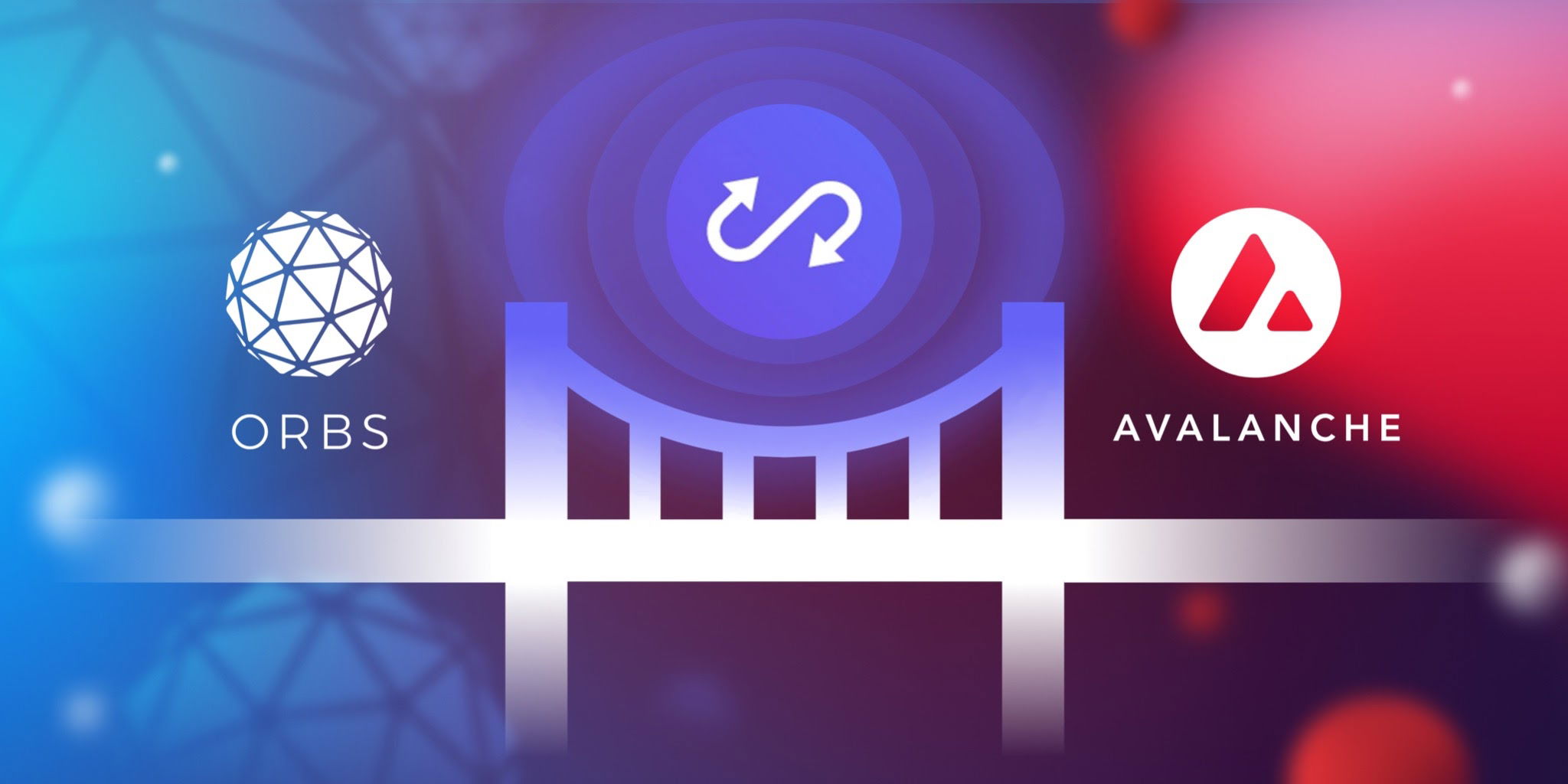An analysis of cross-chain bridges

Web3 has grown into an ecosystem of L1 blockchain and L2 scaling solutions, each with unique features and trade-offs. As the number of blockchain protocols need to transfer assets across chains. In order to meet this requirement, we need to use cross-chain bridges. (This article is translated from the official Ethereum article, if you have any questions, please see the original text.)
What is a cross-chain bridge?
The blockchain cross-chain Bridge Smart Contract Development Services operates just like a bridge in the real world. A bridge connects two physical locations, and a blockchain cross-chain bridge connects two blockchain ecosystems. Cross-chain bridges facilitate communication between blockchains through the transmission of messages and assets.
You are an American planning to go to Europe and you hold dollars but need euros to use locally. In order to convert USD to EUR , you can pay a small fee through the services of a currency exchange.
However, what if you want to use different blockchains in a similar way? Just like the currency exchange between USD and EUR , we need a mechanism to transfer ETH from the Ethereum mainnet, and the cross-chain bridge makes this transaction possible. In this case, Arbitrum has its native cross-chain bridge to transfer ETH between the mainnet and Arbitrum.
Why do we need cross-chain bridges?
Every blockchain has its limitations, and in order for Ethereum to scale and keep up with demand, it needs rollups technology. In addition, Layer 1s such as Solana and Avalanche achieve higher throughput due to different designs, but also at the cost of more decentralization. (Extended reading: Coinbase talks about the development of Ethereum , which are the advantages and disadvantages of Layer1, sidechain and Layer2 expansion solutions?)
However, all blockchains develop in independent environments with different rules and consensus mechanisms. This means that they cannot communicate naturally, and tokens cannot be transferred between blockchains for free.
The existence of a Cross chain bridge development is to connect two blockchains, allowing information and tokens to be transferred between them. The following are the functions of the cross-chain bridge:
Asset and information transfer between blockchains
Individual dapps can take advantage of different blockchains, thereby enhancing their capabilities (as the protocol now has more room for innovative design).
Users can interact with new platforms and take advantage of different blockchains
Developers from different blockchain ecosystems can collaborate and build new platforms for users.
Build a cross chain bridge use case
Here are some scenarios where cross-chain bridges can be used:
Reduce transaction fees
Suppose you hold ETH on the Ethereum mainnet, but want to enjoy cheap transaction fees while exploring different dapps. At this point, it is only necessary to transfer ETH from the main network to any L2 expansion plan.
Use dapps on other blockchains
If you used Aave on the Ethereum mainnet for USDT lending, you can use Aave on Polygon instead, where lending rates are higher.
Explore the blockchain ecosystem
If you hold ETH on the Ethereum mainnet, but want to explore other L1s to use their native dapps, you can transfer ETH to other L1s using a cross-chain bridge.
Own native crypto assets
Let’s say you want to own native LUNA, but your assets are only on the Ethereum mainnet . To get a LUNA position on Ethereum , you can buy WLUNA (Wrapped LUNA). However, WLUNA is an ERC-20 token and native to the Ethereum network , which means that this is the Ethereum version of LUNA and not the original asset of the Terra ecosystem. In order to have native LUNA, you must use the Terra cross-chain bridge to transfer your Ethereum assets to Terra. This will cross-chain and convert your WLUNA into native LUNA.
Note: You can also do all the above behaviors through centralized exchanges. However, unless your funds are already on the exchange, there will be multiple steps involved. Using a cross-chain bridge is a better option
Cross-chain bridge type
There are many types of cross-chain bridge designs, usually divided into two types: trusted and trustless.
Trusted cross-chain bridge
-Operation depends on a central organization or system
-There is a trust assumption for the custody of funds and the security of the bridge, and users mostly rely on the
reputation of the cross-chain bridge operator
-Users control of encrypted assets
Trustless cross-chain bridge
-Use smart contracts and algorithms to operate
-The security of the bridge is the same as the security of the underlying blockchain
-Through smart contracts, this cross-chain bridge allows users to retain control over their funds
In short, a trustless cross-chain bridge minimizes the required trust and does not make new trust assumptions outside the underlying scope.
Trustless: Has security equivalent to the underlying scope. See Arjun Bhuptani’s article for description.
Trust assumptions: By adding external validators to the system to take away from the security of the underlying domain, thus reducing the security of the cryptoeconomics.
To better understand the main difference between the two methods, let’s take an example.
Imagine you are at an airport preparing to go through a security checkpoint. There are two types of checkpoints:
-Manual checkpoints — airport personnel manually check your ticket and identity details before handing you your boarding pass
-Automated checkpoints — operated by machines, just enter your flight details and receive your boarding pass when everything is checked.
A manual checkpoint is like a trusted cross-chain bridge because it relies on a third party (i.e. airport personnel) to operate it. As a customer, you trust airport personnel to make the right decisions and use your private messages correctly.Build a token bridge
Automated checkpoints are trustless cross-chain bridges that remove the role of operators and operate through technology.